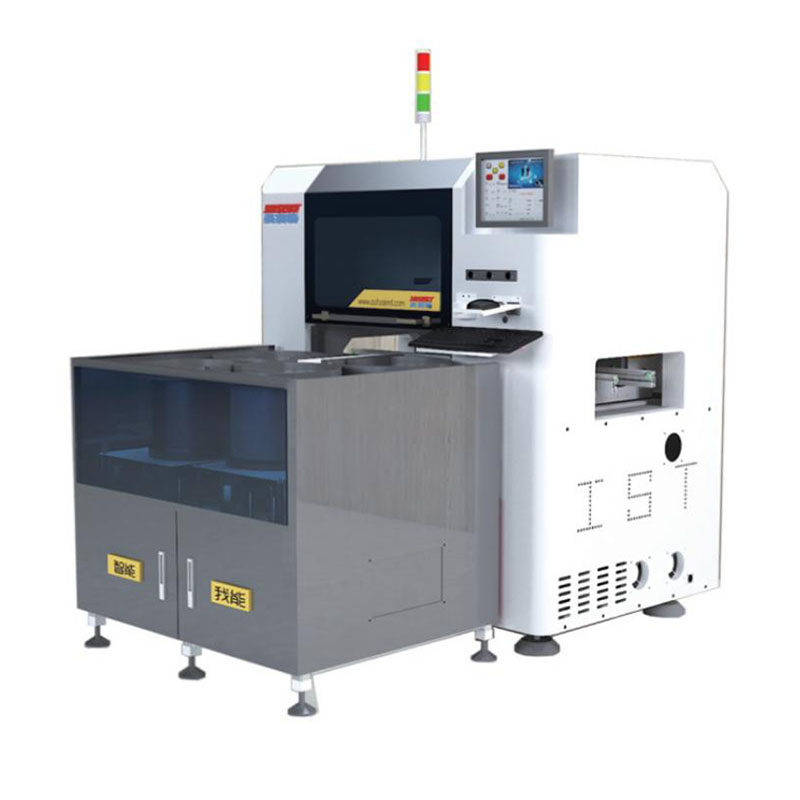How a terminal insertion machine typically works
2024-04-29
A terminal insertion machine, also known as a terminal insertion press or a terminal crimping machine, is a specialized piece of equipment used in manufacturing processes, particularly in industries such as electronics, automotive, aerospace, and telecommunications. These machines are specifically designed for inserting terminals into connectors, wires, or components and crimping them securely in place.
Here's how a terminal insertion machine typically works:
1. Feeding: The machine is fed with terminals and connectors, usually in bulk through a hopper or a feeder system. These terminals are often in the form of strips or reels.
2. Alignment: The machine aligns the terminals and connectors precisely to ensure accurate insertion.
3. Insertion: Once aligned, the machine inserts the terminals into the appropriate slots or receptacles within the connectors or components. This process may involve applying pressure or force to push the terminal into place.
4. Crimping: After insertion, the machine crimps the terminal onto the wire or component, ensuring a secure and reliable electrical connection. Crimping is the process of deforming the terminal around the wire or component, creating a mechanical and electrical bond.
5. Quality Control: Some terminal insertion machines may include quality control mechanisms, such as sensors or vision systems, to inspect the inserted terminals for proper alignment, insertion depth, and crimp quality. This helps ensure that the finished products meet the required specifications and standards.
Terminal insertion machines come in various configurations, including manual, semi-automatic, and fully automatic models. Manual machines require operators to feed the terminals and connectors by hand and may involve manual crimping. Semi-automatic machines automate some aspects of the process, such as insertion or crimping, while still requiring operator intervention for loading and unloading. Fully automatic machines are capable of performing the entire process autonomously, from feeding to inspection, with minimal or no operator involvement.
These machines are essential for high-volume production environments where speed, accuracy, and consistency are paramount. They help improve efficiency, reduce labor costs, and ensure the quality and reliability of the finished products.



